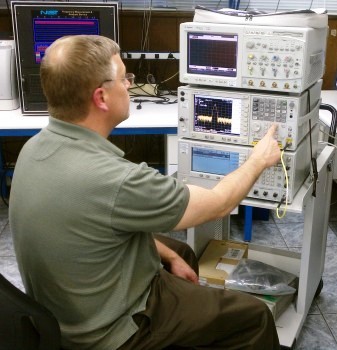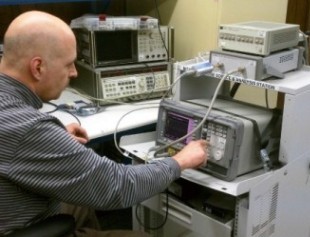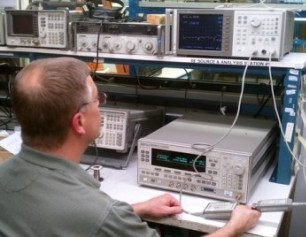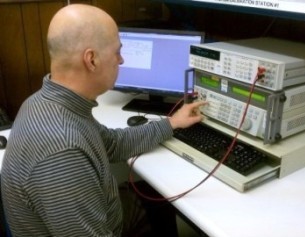LABORATORY CALIBRATION:
Items completed in the Laboratory receive our state-of-the-art Metrology Services. A.H. Electronics Laboratory has a technical staff with over 160 years of experience in the Calibration business. Our Laboratory Calibration assures the adequacy of measurements used in equipment testing and assessment.
Competency and Quality in the process are expected and necessary. Since the foundation of measurement adequacy at Calibration Laboratories is essential, we support and maintain these procedures in the highest regard.
By comparing compliance or Non-compliance Measurement results to specifications or Requirements, includes the following:
- AS Found Status
- Instrument Returned Status
- Uncertainty Confidence Level Coverage Factor
- Standards Used
- Traceability
- Calibration Label showing date Calibrated, date due and by whom
- The Laboratory theme “( Calibration & Repair is our Environment)” The Environment
Along with the above Processes, Calibration choice:
- International: Highly regarded (A2LA 17025 Accredited) & (UL DQS Registered 9001: 2015)
- ANSI/NCSL Z540 (NIST) Traceable
- Customer Agreement Calibration
- Commercial Calibration

CALIBRATION:
Calibration is the validation of specific measurement techniques and equipment. At the simplest level, calibration is a comparison between measurements – one of known magnitude or correctness made or set with one device and another measurement made in as similar a way as possible with a second device.
The device with the known or assigned correctness is called the standard. The second device is the unit under test (UUT), test instrument (TI), or any of several other names for the device being calibrated. This process establishes the calibration of the second device, with important limitations.



BASIC CALIBRATION PROCESS:
The calibration process begins with the design of the measuring instrument that needs to be calibrated. The design has to be able to “hold a calibration” through its calibration interval. In other words, the design has to be capable of measurements that are “within engineering tolerance” when use within the stated environmental conditions over some reasonable period of time. Having a design with these characteristics the likelihood of the actual measuring instrument performing as expected.
The manufacturer generally assigns the measurement tolerance, suggests a calibration interval and specifies the environmental range of use and storage. The using organization generally assigns the actual calibration interval and type of calibration, which is dependent on this specific measuring equipment’s likely usage level.
The methods and procedures used will influence the quality of the results. Due attention paid, for example, to electromagnetic, dust, disturbances, radiation, humidity, temperature, electrical supply, sound and vibration levels., as appropriate to the technical activities concerned. The calibration will be stopped when the environmental conditions jeopardize the results or adversely affect the required quality of any measurement.
In most cases the nature of the Calibration process may preclude rigorous, metrologically and statistically valid, calculations of uncertainty of measurement.
This degree of rigor needed in an estimation of uncertainty of measurement depends on the factors such as:
- Standard Requirements
- Test Method used
- Customer- Contractual Requirements
- Customer Application Requirements
The equipment and software used for the process will be capable of achieving the accuracy Required and comply with specifications relevant to the Calibration to ensure that the requirements of the National and International Standards are met.
Our Laboratory establishes Traceability of its own Measurement Standards and support Equipment to the SI by means of an unbroken chain of Calibrations or comparisons linking us to relevant Primary Standards of the SI units of Measurement.
Primary realizations of the SI units based on fundamental Physical constants, or they may be Secondary Standards which are Standards Calibrated by another National Metrology Traceable Institute to demonstrate competence and Traceability.
Reference and Traceable Materials to the SI units of Measurement when possible are available if needed to maintain confidence in the Calibration status of Reference.
